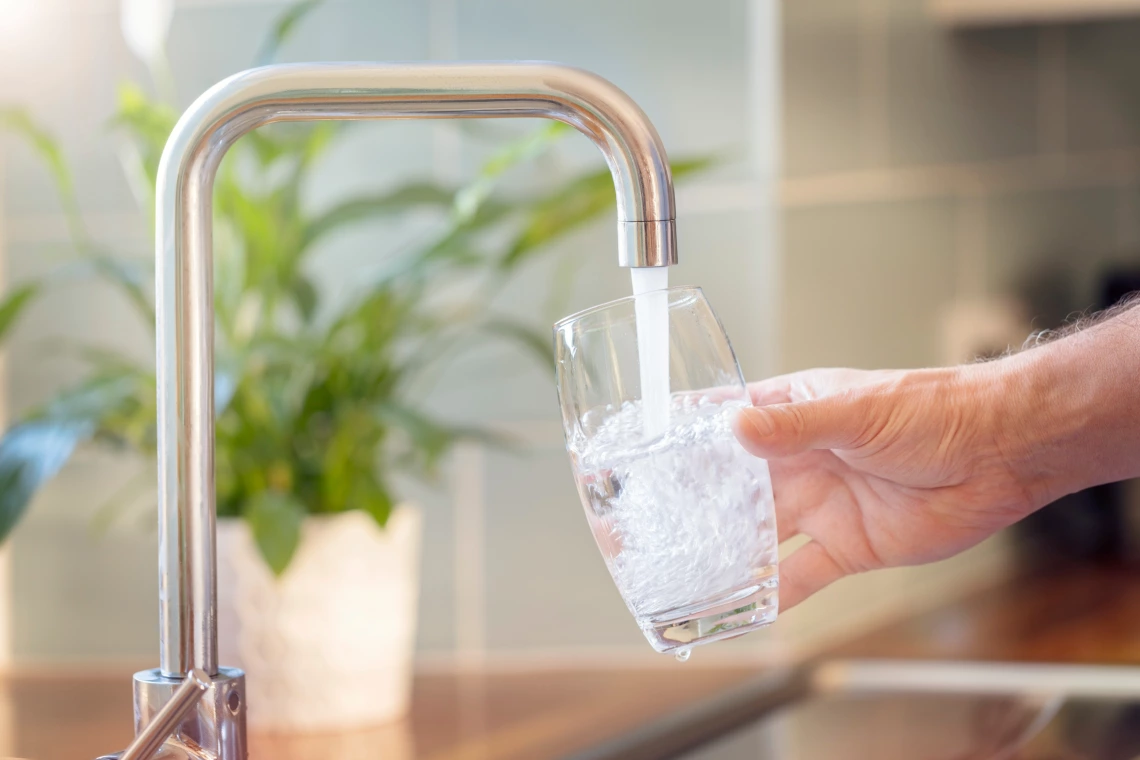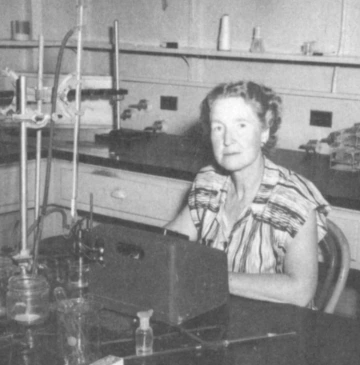Brushing up on your fluoride facts

Bills banning fluoride in drinking water are hitting city councils and state legislatures across the country. Their proponents worry that fluoridated water may be linked to serious health conditions including arthritis, bone cancer, IQ loss, neurodevelopmental disorders and thyroid disease. But many healthcare professionals – especially dentists – say that adding small amounts of fluoride to drinking water is not only safe, but a valuable tool for promoting public health.
So should you think twice before you fill your water bottle at the tap? We asked Margarethe Cooper, an associate professor specializing in food safety in the School of Animal and Comparative Biomedical Sciences, what the science has to say about the risks and benefits of fluoridated drinking water.
What is fluoride, and why is it added to drinking water?
Fluoride is a naturally occurring element mineral commonly found in soil, rocks and some water sources. Trace amounts can also be found in food crops grown where fluoride is naturally present in the surrounding environment.
In the early 1930s, a dentist named H. Trendley Dean discovered that low levels of sodium fluoride hardens tooth enamel and prevents tooth decay. Beginning in 1945, many American communities sought to improve their citizens’ oral health by adding small amounts of sodium fluoride their drinking water, which contributed to significant reductions in the number cavities compared with communities that didn’t fluoridate. The practice spread to public water systems across the country over the next 75 years in what the U.S. Centers for Disease Control and Prevention (CDC) calls one of the 10 great public health interventions of the 20th century.
Cooper said that fluoride protects teeth in two ways.
“It combines with the outer enamel layer of teeth, which makes it stronger and slows down the loss of minerals that occurs when we eat,” she said. “It may also reduce the amount of acid produced by bacteria that grow in the mouth and make it harder for bacteria to stick to the teeth, all of which prevents cavities and tooth decay.”

Margaret Cammack Smith
University of Arizona Special Collections
How much fluoride is safe?
Even as Dean was discovering the benefits of fluoride in the 1930s, University of Arizona researchers Margaret Cammack Smith, Edith M. Lantz and H.V. Smith connected high levels of natural fluoride in the Southwest’s drinking water to residents’ discolored, brittle teeth. Over the next two decades, they worked with scientists at the U.S. Public Health Service (USPHS) to establish a recommended fluoride level that would promote public health without compromising safety.
The current USPHS fluoride concentration for drinking water is 0.7 milligrams of fluoride per liter of water – equal to about 3 drops of water in a 55-gallon barrel.
What are the risks of drinking fluoridated water?
As practiced in the U.S., community water fluoridation carries very little risk to human health, according to Cooper.
“High levels of fluoride can cause fluorosis, which results in tooth discoloration called mottling,” she explained. “In most cases, this is cosmetic and does not harm tooth health.”
She said there’s no strong scientific evidence connecting fluoride to other health problems.
“The studies that have been highlighted recently are unreliable, with low quality data," she said.
"The majority of studies [on community water fluoridation] have shown no effect in rates of bone fractures. There’s also no credible evidence linking community water fluoridation to increased cancer risk, thyroid disease, neurodevelopmental delays or any other harms.”
Is all public drinking water fluoridated?
No.
There is no federal requirement that public water be fluoridated, so the decision is up to state and local governments. As of 2022, 62.8% of the U.S. population received fluoridated tap water, according to the CDC.
Tucson, for example, does not add fluoride to its water.
“Tucson residents voted to have fluoride added to our drinking water in the 1990s, but it never happened due to technical issues,” Cooper said. “We do have some natural fluoride in our water, but not at the recommended levels. Our last reported level was at 0.48 milligrams per liter.”
If you want to find out whether your water is fluoridated, Cooper suggests checking My Water’s Fluoride.
Is community water fluoridation necessary?
One of the arguments against community water fluoridation is that fluoride is readily available from other sources, like toothpastes and mouthwashes. Cooper said that while those are certainly beneficial to dental health, they aren’t necessarily a substitute for fluoridated water.
“Community water fluoridation provides regular immersion in low levels of fluoride, which extends the benefits significantly beyond what can be achieved with toothpaste and mouthwash alone,” she explained.
She also pointed out that community water fluoridation provides benefits to everyone in a community – including those who may not have access to dental care.
Another benefit of adding fluoride to public drinking water is a reduction in healthcare costs.
“According to the CDC, community water fluoridation results in 25% fewer dental cavities in children and adults,” Cooper said. “They estimate that for every $1 invested in fluoridating drinking water, there’s a $20 return on investment in terms of reduced dental procedures and fewer missed days of work and school.”
